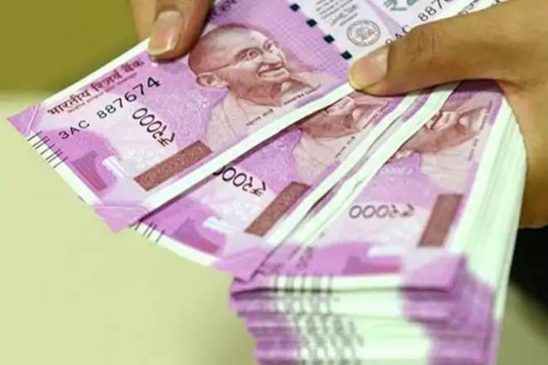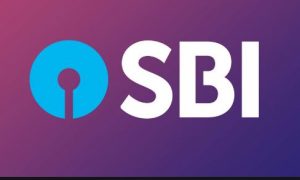Let’s check out a few investment alternatives to avoid risk and earn an attractive return amid risky market conditions.
The Covid-19 crisis has forced many investors to lower their risk tolerance and turn risk-averse. In fact, there’s no harm in becoming relatively risk-averse in these times of heightened uncertainties, especially if doing so suits your financial goals and helps you in avoiding losses in a volatile market.
However, when you choose a risk-averse investment strategy, you often need to lower your return expectations too. If you can carefully select the right type of low-risk investment instruments, it will improve your portfolio return while keeping the risk under control at the same time. So, let’s check out a few investment alternatives to avoid risk and earn an attractive return amid risky market conditions.
Read More : Signing as a loan guarantor? Here’s how the liability affects your credit score
1. Invest in FDs with banks offering above-average returns
Assured returns and high liquidity make fixed deposits one of the most popular investment instruments in our country. But the RBI’s decision to keep the repo rate unchanged at 4% has contributed towards a majority of banks lowering their FD interest rates. However, there are still a few private and small finance banks that are currently offering above-average returns on them. You can consider investing a portion of their funds in FDs of these banks after a thorough risk assessment if doing so is in line with your returns expectations. Here’s a comparison of the latest FD rates:
Current interest rates of 3-5 year FDs offered by different banks

Although no bank has completely failed in the country, you can limit your deposits in any bank to Rs.5 lakh for added security as that’s the coverage threshold offered by the DICGC, an RBI subsidiary, in case a bank fails. Do note, the Rs. 5 lakh limit would include any interest income too. For further higher FD returns, you can open an account in the name of your senior citizen parents. Senior citizen depositors usually get preferential rates up to 50 basis points over and above the normal rates. Currently, big banks are offering interest rates in the range of 5.5%-6% p.a. on 3-year fixed deposits for senior citizens, whereas a few private and small finance banks are offering around 6.5%-7.5% p.a. for the same period. Investors can also consider laddering their FDs to benefit from any higher rate offers in the future and minimise the risk of pre-closing an FD during an emergency after losing interest income.
Read More :SBI Reduces Home Loan Interest Rates. Check the Latest Rates
2. Invest in short-term bond funds
Debt funds could be great alternatives for investors who don’t want to invest in FDs. Debt funds are more tax-efficient than FDs, and they have the potential to offer a better return. As there are chances of interest rate hikes in the future, investors could invest in short-term bond funds. Funds having exposure to bonds of long-duration maturities are prone to interest rate risk. But short-term debt funds carry lower interest rate risk as they invest in bonds with maturities of less than 5 years, for example, commercial papers, government securities, etc. So, if you are looking for a low-risk investment option then short-term bond funds can be considered to be a part of your portfolio.
3. Park a portion of your funds in high-interest savings accounts
There are a few banks that are offering an attractive interest rate on their savings account.
Here’s a list of the savings account interest rates currently being offered by a few banks.

Data compiled on April 14, 2021. QAB: Quarterly average balance, MAB: Monthly average balance, AMB: Average monthly balance.
Investors could consider parking a portion of their funds in any of these savings accounts keeping in mind the minimum balance requirements among other terms and conditions after due diligence. For example, you can keep an emergency fund in such high-interest accounts so that you can access it easily when there is a financial emergency.
4. Invest liquid fund or FD returns to equity funds
You may be avoiding investing in equities in the current market due to excess volatility; however, you may not want to give up chances to earn a high return by investing in the stock market. To avoid a loss of capital, you can invest your funds in a top-rated liquid fund or high-interest FD account with the minimum income plan (MIP) option systematically and slowly transfer funds from them into top-rated equity mutual funds. In this way, you’ll be able to ensure a higher degree of safety of your primary investment. On the other hand, if the market performs well, you’ll be able to earn a better return than reinvesting the interest into an FD.
5. Apply a staggered investment approach in equity mutual funds for the long term
When you want to invest a lump sum amount, you may park the corpus in a liquid fund and wait for a downward correction in the stock market to gradually stagger it step by step. Whenever there is a significant dip in the stock market, you may shift a fixed ratio of liquid fund corpus to the selected equity fund. For example, suppose you shift 10% of the remaining allocation in the liquid fund to an equity fund whenever the stock market falls by more than 10% from the last entry-level. Assuming you get a total of five chances in a year, it means you’ll be able to shift approximately 41% of the allocation in liquid funds to equity funds. If the market falls further, you may continue to shift. If the market rises further, you’ll benefit from rupee cost averaging, and your portfolio value will increase. The longer investment horizon will result in better performance and reduced risk when you invest using this strategy.



































